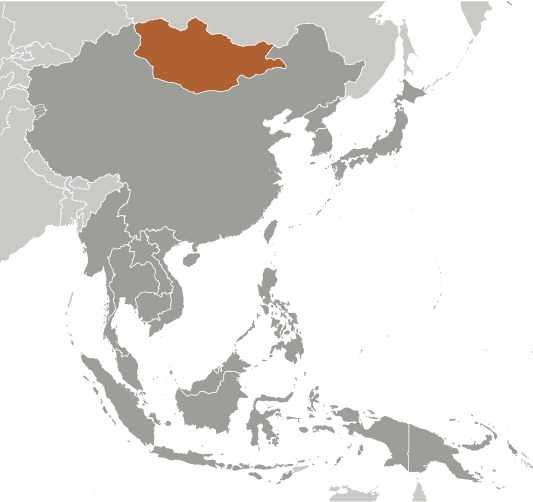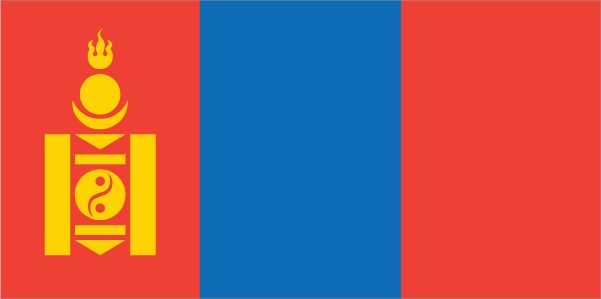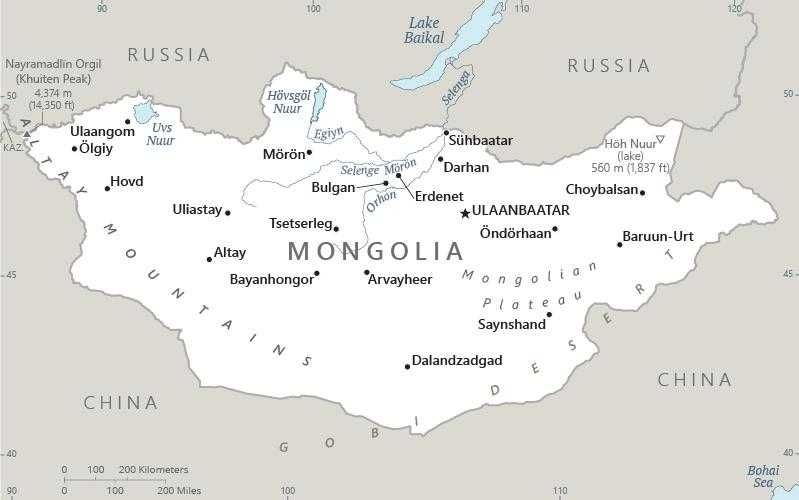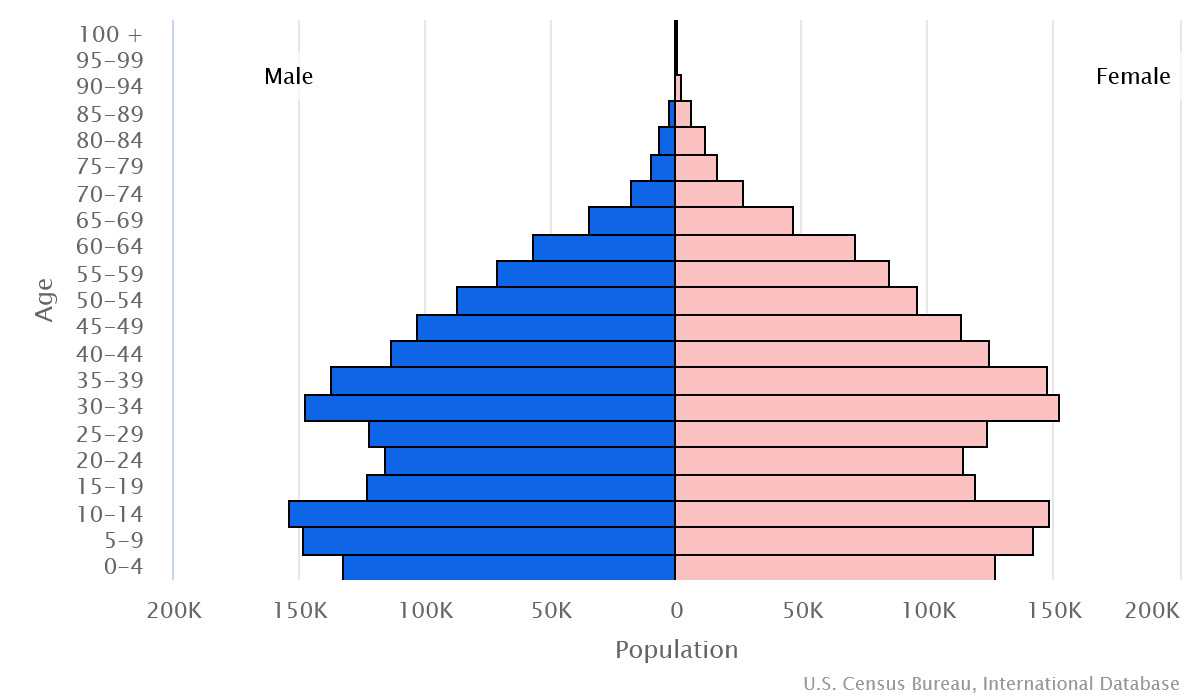Introduction
Background
The Mongols established through conquest a huge Eurasian empire in the 13th century. They eventually retired to their original steppe homelands in present-day Mongolia and came under Chinese rule in the late 17th century. The Mongolian Revolution of 1921 ended Chinese dominance but ushered in Soviet control. Mongolia transitioned to an independent democracy in 1990.
Geography
Area
total : 1,564,116 sq km
land: 1,553,556 sq km
water: 10,560 sq km
Climate
desert; continental (large daily and seasonal temperature ranges)
Natural resources
oil, coal, copper, molybdenum, tungsten, phosphates, tin, nickel, zinc, fluorspar, gold, silver, iron
People and Society
Population
total: 3,281,676
Ethnic groups
Khalkh 83.8%, Kazak 3.8%, Durvud 2.6%, Bayad 2%, Buriad 1.4%, Zakhchin 1.2%, Dariganga 1.1%, other 4.1% (2020 est.)
Languages
Mongolian 90% (official) (Khalkha dialect is predominant), Turkic, Russian (1999)
Religions
Buddhist 51.7%, Muslim 3.2%, Shamanist 2.5%, Christian 1.3%, other 0.7%, none 40.6% (2020 est.)
Population growth rate
0.78% (2024 est.)
Government
Government type
semi-presidential republic
Capital
name: Ulaanbaatar
Executive branch
chief of state: President Ukhnaagiin KHURELSUKH (since 25 June 2021)
head of government: Prime Minister Luvsannamsrai OYUN-ERDENE (since 27 January 2021)
Legislative branch
description: unicameral State Great Hural or Ulsyn Ikh Khural (126 seats; 78 members directly elected in a selected constituency by simple majority vote and 48 members directly elected by proportional representation vote; members serve 4-year terms); note - a constitutional referendum passed in May 2023 increased the number of seats from 76 to 126
Economy
Economic overview
lower middle-income East Asian economy; large human capital improvements over last 3 decades; agricultural and natural resource rich; export and consumption-led growth; high inflation due to supply bottlenecks and increased food and energy prices; currency depreciation
Real GDP (purchasing power parity)
$56.264 billion (2023 est.)
$52.572 billion (2022 est.)
$50.053 billion (2021 est.)
Real GDP per capita
$16,300 (2023 est.)
$15,500 (2022 est.)
$15,000 (2021 est.)
Agricultural products
milk, wheat, potatoes, lamb/mutton, goat milk, beef, goat meat, bison milk, sheep milk, horse meat (2022)
Industries
construction and construction materials; mining (coal, copper, molybdenum, fluorspar, tin, tungsten, gold); oil; food and beverages; processing of animal products, cashmere and natural fiber manufacturing
Exports
$15.501 billion (2023 est.)
$10.989 billion (2022 est.)
$8.95 billion (2021 est.)
Exports - partners
China 78%, Switzerland 15%, Singapore 3%, South Korea 2%, Russia 1% (2022)
Exports - commodities
coal, copper ore, gold, animal hair, iron ore (2022)
Imports
$13.545 billion (2023 est.)
$12.112 billion (2022 est.)
$9.256 billion (2021 est.)
Imports - partners
China 36%, Russia 29%, Japan 7%, South Korea 5%, US 3% (2022)
Imports - commodities
refined petroleum, cars, trucks, trailers, raw iron bars (2022)
Exchange rates
togrog/tugriks (MNT) per US dollar -
Page last updated: Wednesday, July 24, 2024




